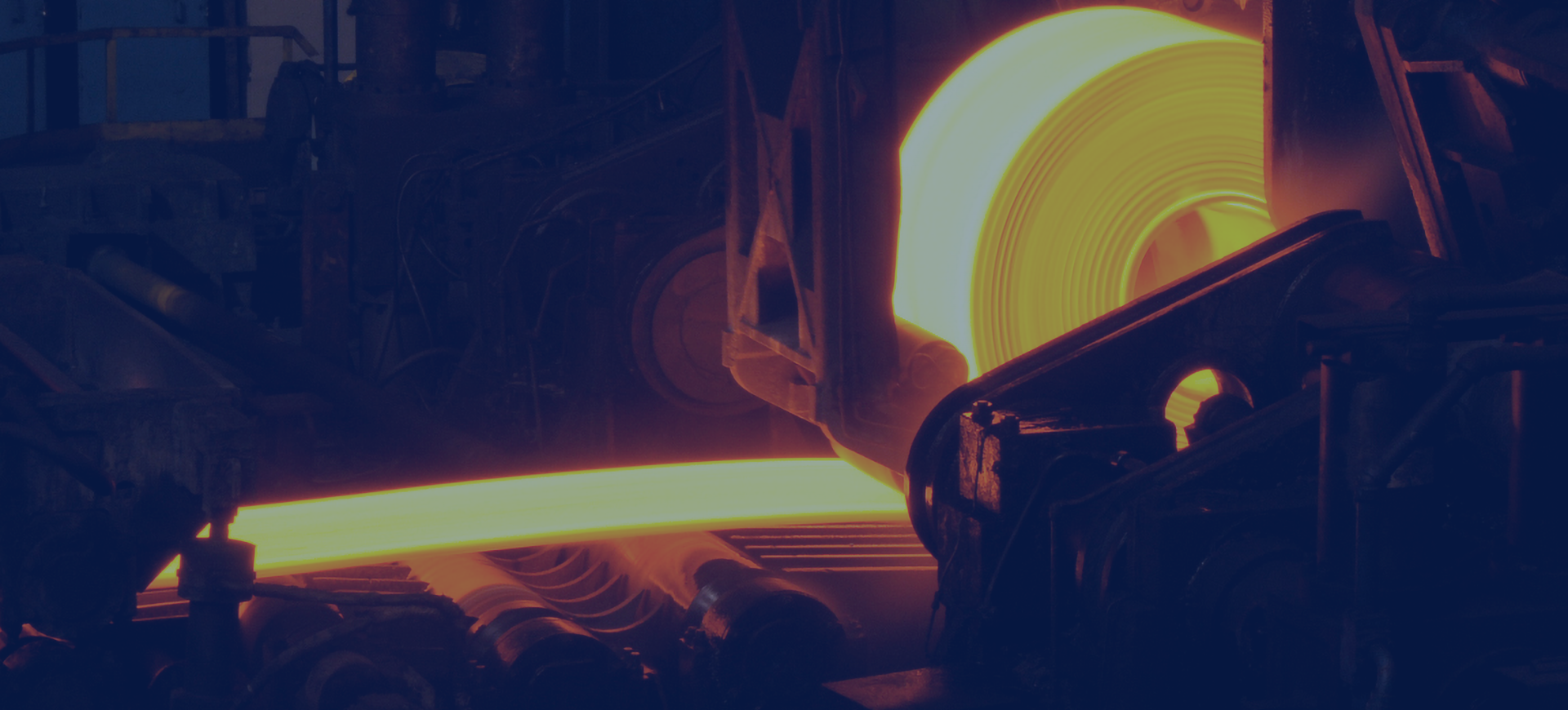Although the price of coking coal is at a historical high, the monthly metal index (MMI) of raw steel fell by 2.4% due to the decline in most steel prices worldwide.
According to data from the World Steel Association, global steel production declined for the fourth consecutive month in August.
The total output of the 64 countries that submitted reports to World Steel was 156.8 million tons (5.06 million tons per day) in August, and 171.3 million tons (5.71 million tons per day) in April, which was the highest monthly output of the year. Tons/day.
China continues to maintain its position as the world’s largest producer, eight times that of India, the second largest producer. China’s production in August reached 83.2 million tons (2.68 million tons per day), accounting for more than 50% of global production.
However, China’s daily output fell for the fourth consecutive month. Since April, China’s daily steel production has fallen by 17.8%.
At present, the European Union and the United States are still continuing to negotiate import tariffs that replace the US Clause 232. Tariff quotas, similar to existing EU safeguards, mean that tax-free distribution will be allowed and taxes should be paid once the quantity is reached.
So far, the main focus of the debate has been on quotas. The EU estimates that the quota is based on the amount before Article 232. However, the United States hopes based on recent capital flows.
However, some market participants believe that tariff easing will not encourage EU exports to the United States. Although domestic steel prices in the United States are higher than current tariffs, the United States is not an important market for European steel mills. Therefore, EU imports have not surged.
Data show that the total number of applications for steel import licenses in September was 2,865,000 net tons, an increase of 8.8% over August. At the same time, the tonnage of finished steel imports in September also increased to 2.144 million tons, an increase of 1.7% from the total final imports of 2.108 million tons in August.
However, most of the imports are not from Europe, but from South Korea (2,073,000 net tons in the first nine months), Japan (741,000 net tons) and Turkey (669,000 net tons).
Although the rise in steel prices seems to be slowing down, seaborne metallurgical coal prices are still at historic highs amid tight global supply and strong demand. However, market participants expect that as China’s steel consumption declines, prices will pull back in the last four months of this year.
Part of the reason for the tight supply is that China’s climate goals have reduced coal stocks. In addition, China stopped importing Australian coal in a diplomatic dispute. This import shift shocked the coal supply chain, as new buyers turned their eyes to Australia and China, and established new relationships with suppliers in Latin America, Africa, and Europe.
As of October 1, China’s coking coal price rose 71% year-on-year to RMB 3,402 per metric ton.
As of October 1, China’s slab price rose 1.7% month-on-month to US$871 per metric ton. At the same time, Chinese billet prices rose by 3.9% to US$804 per metric ton.
The three-month hot rolled coil in the United States fell 7.1% to US$1,619 per short ton. At the same time, the spot price fell by 0.5% to US$1,934 per short ton.
MetalMiner Cost Model: Provide leverage for your organization to obtain more price transparency from service centers, manufacturers and parts suppliers. Now explore the model.
©2021 MetalMiner All rights reserved. | Media Kit| Cookie Consent Settings| Privacy Policy| Terms of Service

Post time: Oct-10-2021








